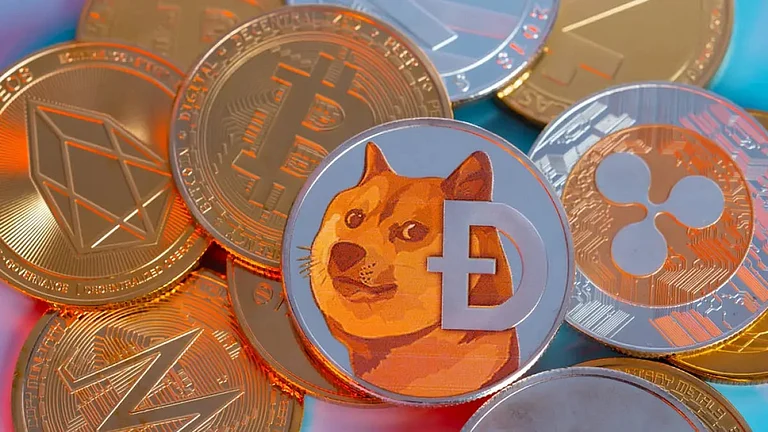Non Fungible Tokens are digital assets that verify the legitimacy or ownership of items like virtual goods, music, and artwork. The blockchain stores each NFT, making it unique and non-interchangeable, unlike cryptocurrencies. Also, with their increasing popularity, scammers have also targeted buyers, looking to exploit them. When buying NFTs, it's critical to remain knowledgeable and cautious as they use deceptive tactics to mislead investors.
How NFT scams work
Scammers create fake NFT projects, duplicate existing collections, or set up fraudulent marketplaces to appear real. They then generate hype using bots or social media to make the NFT seem valuable. After luring buyers, they employ urgency or deceptive promotions to push hasty purchases. Scammers could disappear after the sale is completed after issue a fake NFT or steal personal data.
Common NFT Scams to Watch Out For
1. Phishing Scams in NFTs: To deceive consumers into linking their wallets or inputting credentials, scammers create fake NFT marketplaces or airdrop websites. Fraudsters empty the victim's wallet by stealing NFTs and other digital assets after they have gained access. Phishing emails, social media and support messaging are common ways that these scams spread.
2. Pump and Dump Scheme: This NFT scam uses wash trading, deceptive marketing, and phoney hype to raise prices. To increase demand, scammers buy and sell among themselves. When actual buyers invest, they sell off their holdings, which causes a price drop and leaves investors with worthless NFTs.
3. Counterfeit NFT: Scammers create fake versions of popular NFTs by copying the artwork, metadata, and branding of legitimate projects. These fake NFTs are then put up for sale on online markets, frequently at reduced costs, deceiving consumers into believing they are getting a good deal. Since NFTs rely on blockchain records for authenticity, buyers who don’t verify the contract address may unknowingly purchase worthless duplicates.
4. Bidding Scams: A seller puts an NFT up for sale in this fraud, hoping to get bids in ETH or another valuable cryptocurrency. Scammers place high bids to gain the seller’s trust but, before completing the purchase, switch the bid to a lower-value cryptocurrency without the seller noticing. If the seller accepts the bid without first verifying the currency, they will sell their NFT for significantly less than they anticipated.
Ways to Buy NFTs Safely
1. Choose only trustworthy websites with robust security protocols and validated collections when buying NFTs. Avoid purchasing from untested or recently launched marketplaces without sufficient reviews.
2. Verify the seller's social media presence, transaction history, and profile. Be wary of impersonators using similar names and look for verified accounts on sites like OpenSea.
3. Check the NFT's smart contract specifics on blockchain explorers to make sure it's authentic before making a purchase. Make that the metadata of the NFT is correctly linked and unaltered.
4. Buyers are sometimes duped by fraudulent messages that promise exclusive NFT offers or phoney airdrop URLs. Avoid connecting your wallet to untrusted websites or clicking on unfamiliar links as they could deplete your digital assets.
5. Store your NFTs in a secure digital wallet with strong security features, such as two-factor authentication and hardware wallet support. Consider using a separate cold wallet for high-value NFTs to prevent unauthorized access.










